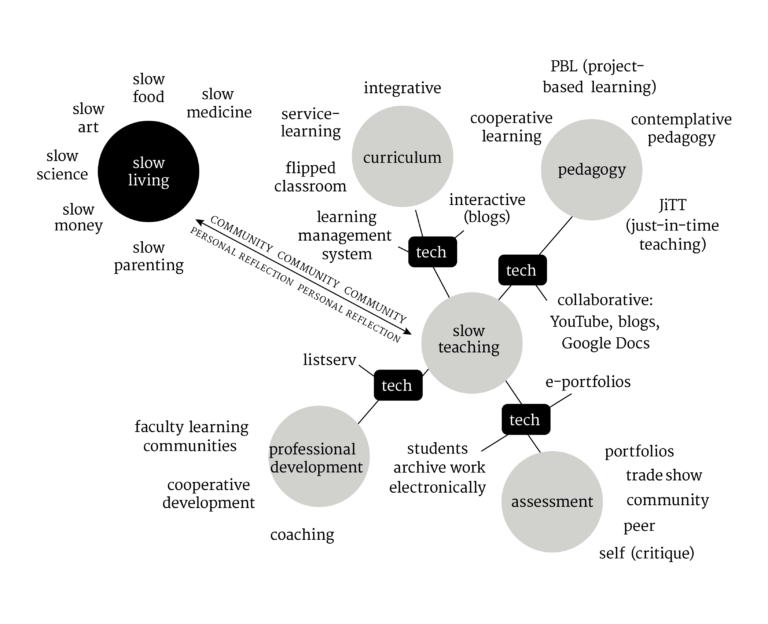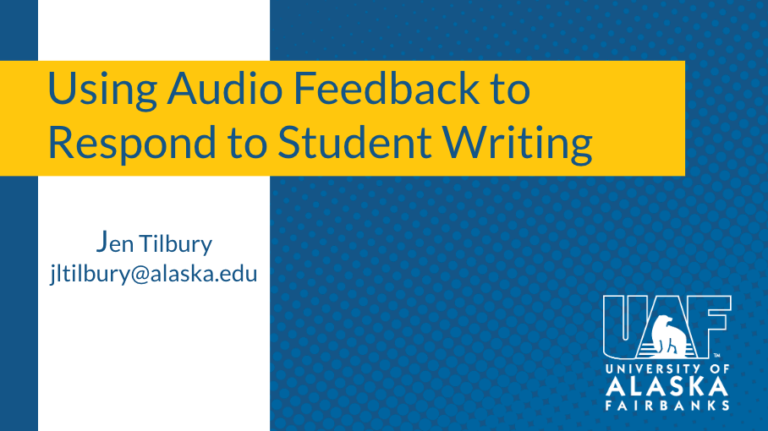Informal learning

‘Informal learning’ can be described as the learning process that takes place outside the educational institution. It is spontaneous, self-directed, not curriculum-based or qualification oriented and is accidental in nature.1 For example, clicking through on a Facebook link out of curiosity and learning about something as a result. Another term currently used to describe other learning experiences is ‘non-formal’ and it includes learning that is embedded in planned activities not explicitly designated as learning but that contain a learning element. It is intentional from the learner’s perspective but does not lead to certification.2 An example would be deliberately learning a new skill for work or fun.
Increased access to mobile devices, information sharing, and digitally-based information gathering are foundational components that facilitate a shift in emphasis from formal to informal and non-formal learning.3 There is a perceived, and often intentional, disconnect between the highly directed learning that happens at an educational institution and that which happens outside class time and at our own direction as part of our lifelong learning experience. Furthermore, research studies estimate that around 80% of our job-related adult learning experiences take place outside of the formal setting.4 Bridging the gap by recognizing the importance of alternative learning may help to ensure that students see the relevance of their university experience and help make connections in their own lives and careers to carry forth an enduring understanding and lasting engagement with the topic.
“A growing appreciation for the porous boundaries between the classroom and life experience, along with the power of social learning, authentic audiences, and integrative contexts, has created not only promising changes in learning but also disruptive moments in teaching.’ 5,6
Although we can’t really manage these alternate learning experiences, we can encourage a stronger relationship for better meaning-making along the way.
- Ask students to notice and reflect on connections between topics and incidental things they learn elsewhere.
- Regularly integrate current place-based events and ideas into open discussions and class activities.
- Encourage the use of mobile devices in class occasionally.
- Try using games in class. Learning through game-play requires sustained attention, is social, and is motivational. Often knowledge learned outside class time is necessary to be successful.
- Encourage students to blog and develop a portfolio during their degree program. Forward-thinking companies, such as SpaceX, are looking for a demonstration of discipline-related extra-curricular involvement in addition to academic and workplace achievement in their job applicants.
- Incorporate service-learning into your curriculum
By making an effort to recognize the importance of informal and non-formal learning experiences, we can perhaps offer a more integrated educational experience and one that connects integrally with the student’s greater ecosystem of learning.
1 Eshach, H. (2007).Eshach, H. (2007). Bridging in-school and out-of-school learning: Formal, non-formal, and informal education. Journal of science education and technology, 16 (2), 171-190.
2 Hart, J. (2011). You can’t manage informal learning — only the use of informal media. Learning in the Modern Workplace.
3.Mills, L.A., Knezek, G. & Khaddage, F. (2014). Information Seeking, Information Sharing, and going mobile: Three bridges to informal learning. Computers in Human Behavior, 32, 324-334.
4 Cross, J. (2010). Where did the 80% come from? Informal Learning Blog. 2010. 9 Jun. 2015.
5 Bass, R. (2012). Disrupting ourselves: The problem of learning in higher education. Educause Review, 47 (2), 23-33.
6 New Media Consortium, & EDUCAUSE Learning Initiative. (2015). The NMC Horizon Report: 2015 Higher Education Edition. Austin, TX: The New Media Consortium.
Download this Teaching Tip (PDF)

UAF Instructional Designers
This page has been authored collectively by the experts on the
UAF Instructional Design Team.
Let us know if you have suggestions or corrections!



